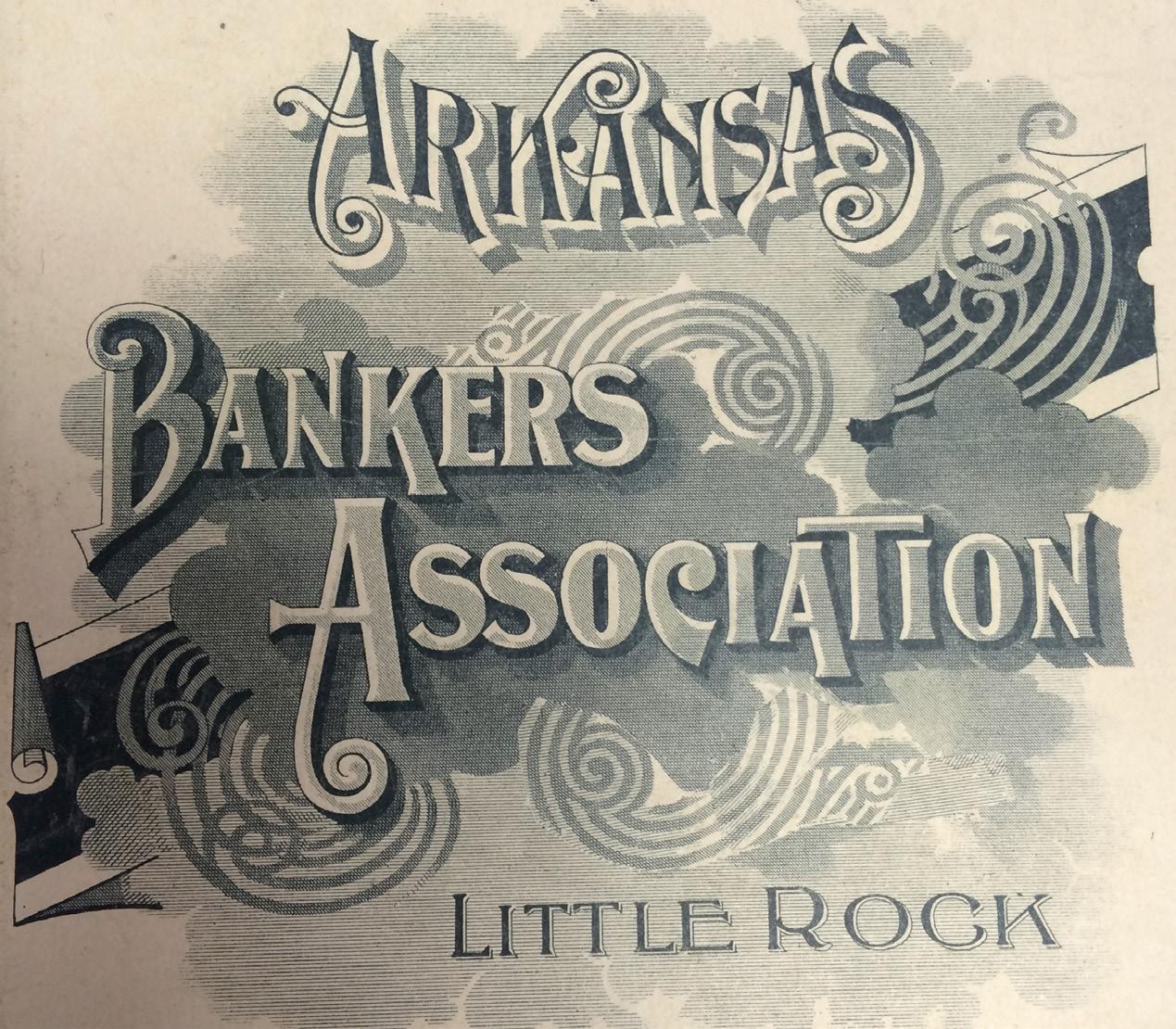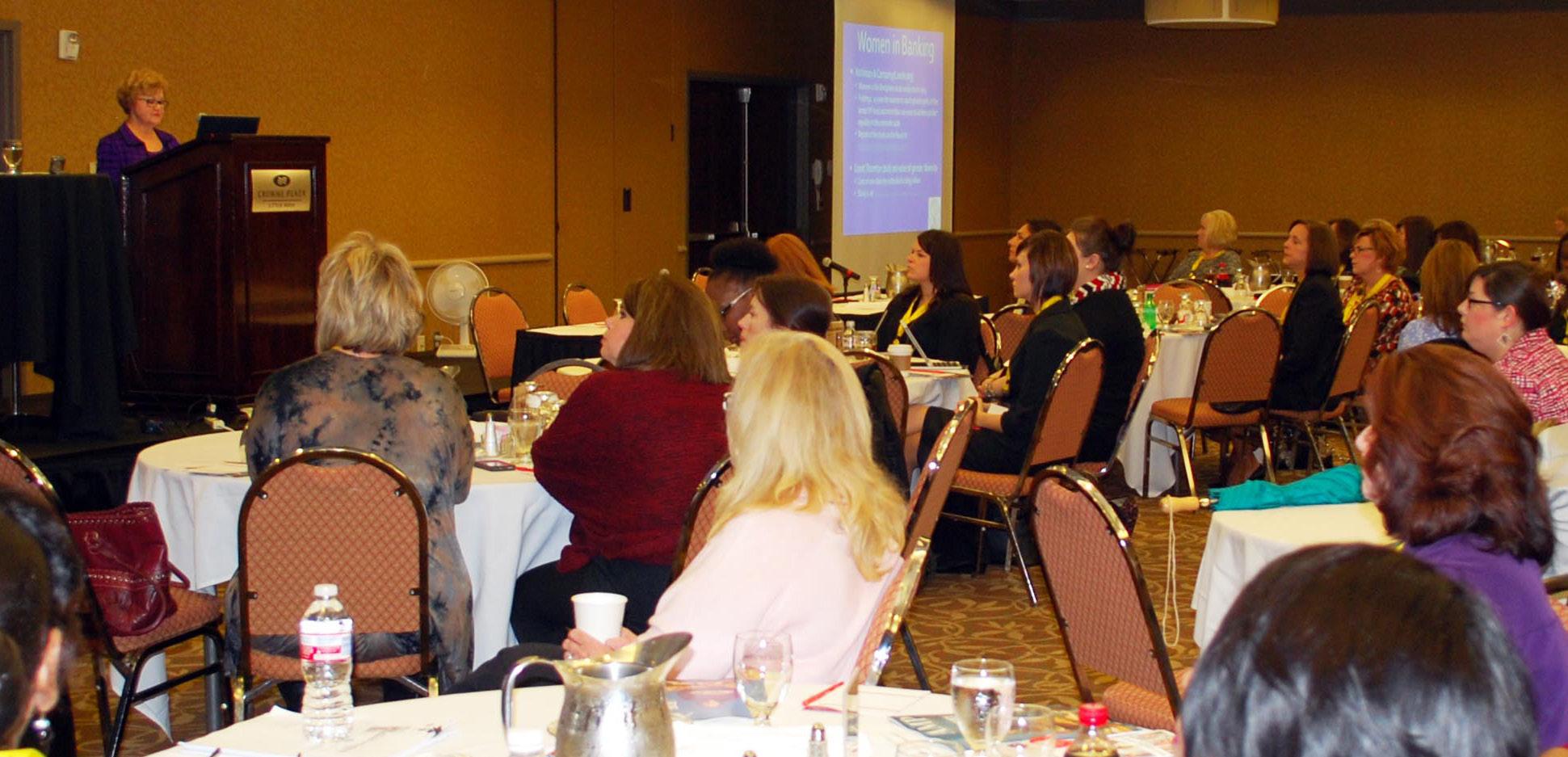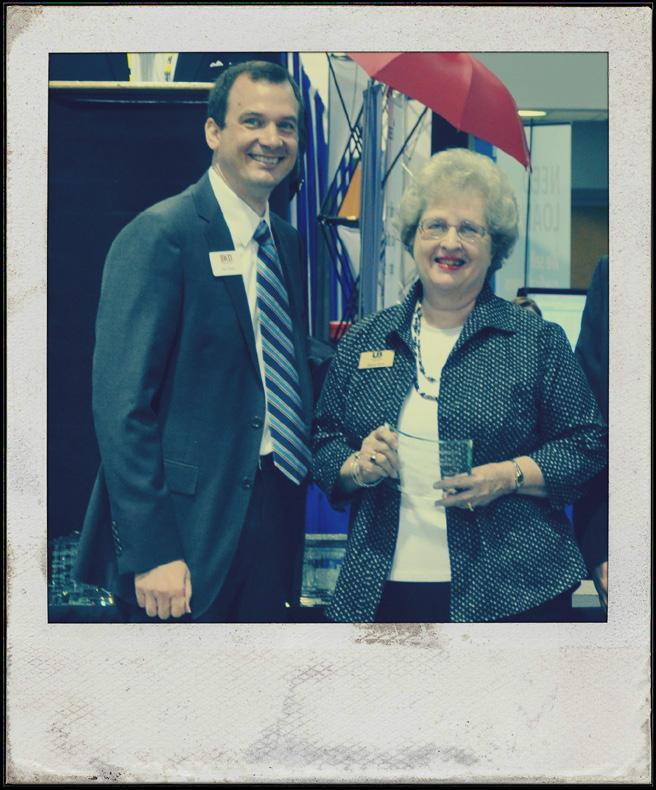
4 minute read
Continuous Improvement & Your Bank
Continuous Improvement
& Your Bank
A 20-plus year veteran of the banking industry as well as a lifelong advocate of Continuous Improvement, Brooks Davis brings a service-based mission to help companies take the next step in their organizational journey. Brooks served for 13 years as President/CEO of Simmons First Bank of Searcy, Arkansas, where he oversaw process improvements that increased the bank’s efficiency ratios by over 5%, or $200,000 annually through the utilization of Lean Six Sigma principles. Brooks has taught Lean Six Sigma principles as an adjunct professor at Harding University and participated in quality management programs in three different banking groups, including Arvest, First Commercial, and Simmons banks. Principal of In Step Consulting (www.InStep.Us), Brooks recently received his Lean Six Sigma Black Belt Certification from the American Society for Quality. ABOUT THE AUTHOR
If you are like me, over the years you have become somewhat of an expert in evaluating the quality of service at local restaurants. When my family spends more than 10 minutes in a drive through line, when the waiter disappears from view when our cups hit empty, or when the order comes back incorrect, our critical thinking skills kick in. Within a few minutes, in addition to trying to remember that these annoyances are first world problems, we are formulating an improvement plan for that establishment. Service quality in banking is also easily evaluated, but very difficult to nail down. Sometimes we say the right things, but our body language or abruptness communicates the wrong message. Internal customer service quality is even harder to design into our operating systems. Forward-thinking companies across the service sector are utilizing proven Lean and Six Sigma methods and tools to standardize and improve their key processes. These tools (typically identified with manufacturing) fall into a movement called Continuous Improvement, a system where the people involved are valued much more highly than the tools. Continuous Improvement includes listening better to external and internal customers and aligning your operating plan with your strategic plan. When members of your existing team are empowered to involve themselves in breakthrough solutions for the business, everyone wins.
The Arkansas Banker | January 2016The Arkansas Banker | January 2016 Every organization has fires crop up which have the potential to severely damage the structure of the organization. As bankers, our fires may involve struggling with our efficiency ratio being above industry benchmarks, a sales system that is broken, or customer service that is spotty at best.
Continuous Improvement in banking involves the following key components:
Clarity. To pinpoint our mission, we must ask ourselves: What are the vital few objectives in 2016 that will transform the business? What steps must we take to become world class in our product and service offerings? Engagement. Working together, with a solution that is formulated and generated within our existing team, a sense of purpose and belonging develops. When synergy happens, it is a beautiful thing.
Alignment. We must be clear about where we are going and who we need on board. 1
The future of banking depends on our diligent pursuit of better products and services to ultimately yield a happier customer. Continuous Improvement is the path we can all take to accomplish these ideals.
1. Clarity, Engagement, and Alignment are highlighted in the presentation by Tom Wujec, “How to Make Toast”. www.drawtoast.com
The Education Issue: On Target for Success







GRADUATE SCHOOLS OF BANKING Get details on GSB programs & scholarships from across the country.


PROFESSIONAL DEVELOPMENT BY THE NUMBERS A review of 2015’s ABA Professional Development activities.
IN THEIR OWN WORDS




What bankers & educators are saying about ABA Professional Development. Page 15
PROFESSIONAL DEVELOPMENT PLATFORMS Learn about your options for ongoing training provided through the ABA

2016 EVENTS

See ABA’s schools and conferences slated for 2016.










